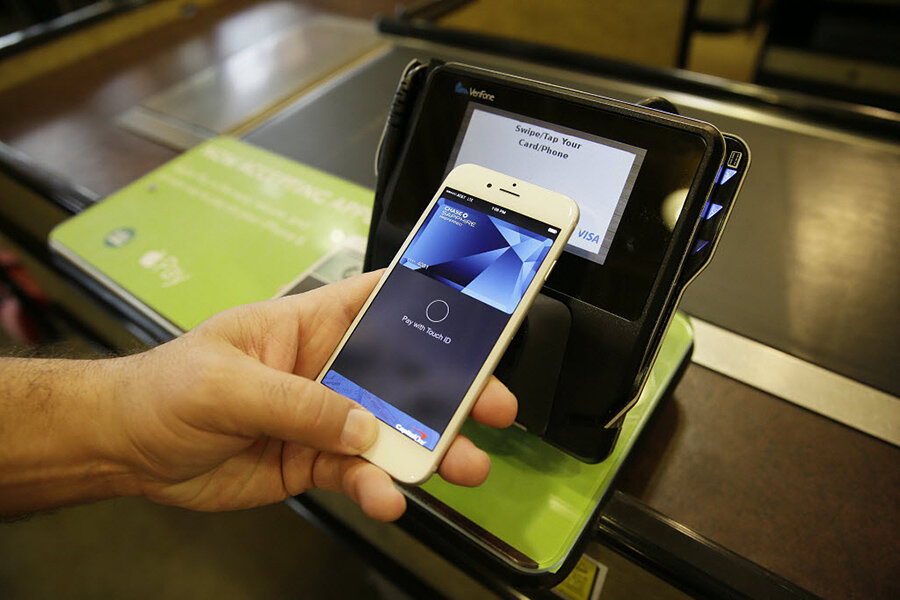Walmart, the world’s largest retailer, announced in December that it would introduce its own mobile payment system in 2016. The move follows other efforts by retailers to create their own mobile payment exclusive to a particular store.
These systems tend to work differently than those offered by technology companies: customers using the Starbucks app, for example, scan a QR code displayed by the app on an in-store scanner — similar to airplane tickets at the airport — rather than using an NFC-style tap method.
The coffee chain started accepting mobile payments in 2011 as an extension of its gift cards, with customers reloading funds as they dwindled. Now, the coffee company lets customers store credit cards on its app and use them to pay, as well as tip a server.
Surprisingly, these efforts have proved to be more successful than non-dedicated systems. Starbucks has long been held up as the most popular mobile payment system in the US, with 13 million users using its app, who make 6 million transaction’s a week. Mobile payments now account for 20 percent of all in-store transactions in the US, the company said in July 2015.
Walmart’s entrance into the world of mobile payments may have a larger impact, as the retailer’s app is used by 22 million customers each month, with more than half of Walmart’s orders coming from a mobile device.
The company was previously linked to an effort by a group of major retailers, called Merchant Customer Exchange, to introduce a mobile payment system of its own. But the system, known as CurrentC, has only achieved limited testing so far. Walmart says its still involved in that effort, but unveiled its own system to provide more options for consumers.
Mr. Wester, the IDC analyst, says competing apps could be a problem for stores.
"If I’m a store and I have someone looking at my store on their phone in a competitor’s store, I’ve effectively opened up a store in my competitor’s store," he says. “We’re still a ways away from that, though, but we’re getting there.”







